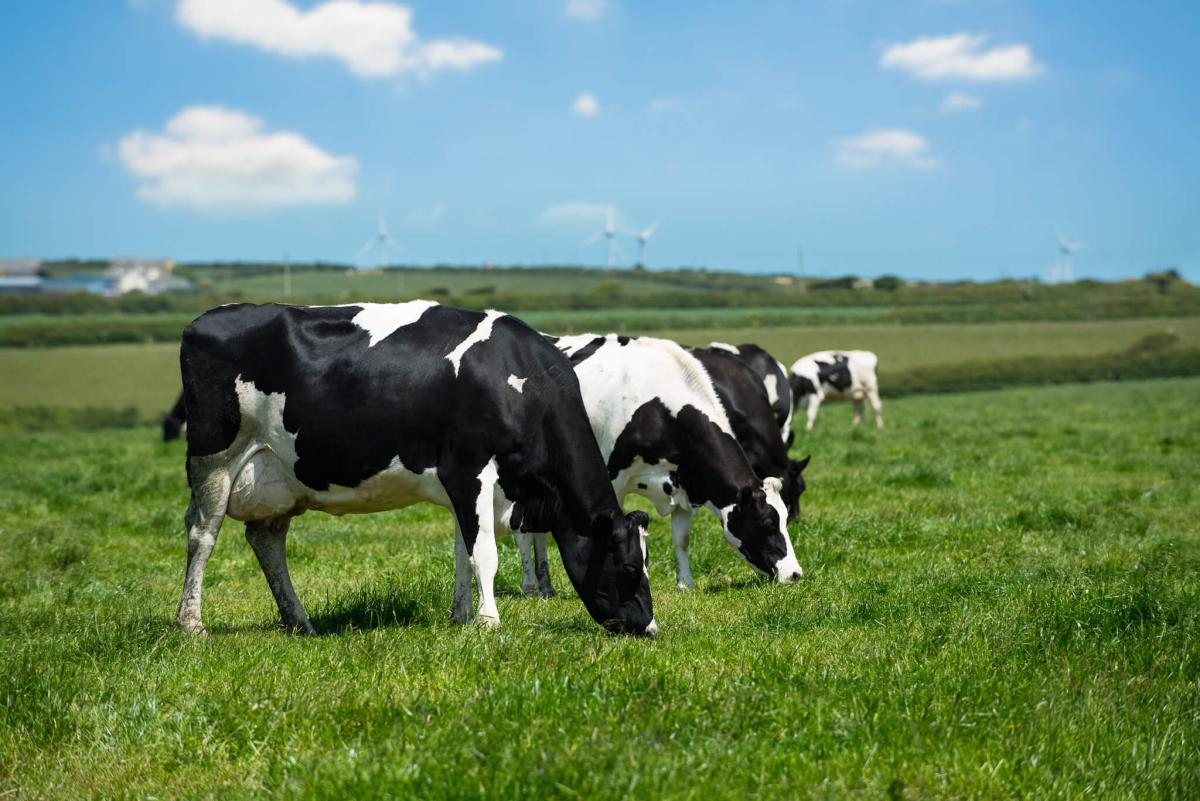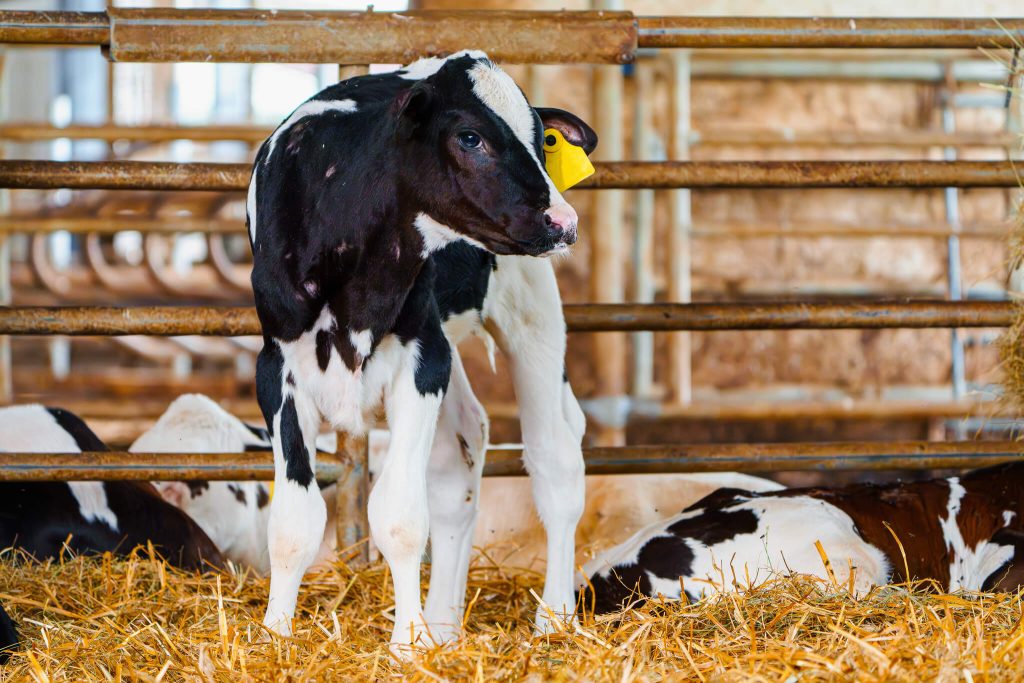
Cattle farming has been an essential part of British agriculture for centuries. Whether for dairy or beef production, rearing cattle can be a rewarding yet demanding endeavour.
If you are considering getting into cattle farming, understanding the key differences between dairy and beef farming, as well as the equipment needed is crucial. This guide provides an introduction to keeping cows in the UK and what you need to consider before getting started.
The difference between dairy and beef farming
Dairy and beef farming are two distinct areas of cattle rearing, each with its own requirements and challenges.
Dairy farming focuses on milk production. Dairy cows are typically bred for their ability to produce high volumes of milk, with common breeds in the UK including the Holstein-Friesian, Jersey, and Ayrshire. These cows require careful management, including regular milking, a high-quality diet to maintain milk yield, and comfortable housing to ensure their welfare.
Dairy farming is labour-intensive, requiring daily attention to milking schedules, herd health, and breeding cycles. Farmers must also consider the best methods for managing calves born to dairy cows, as not all will be retained for milking purposes.
In contrast to this, beef farming is centred around raising cattle for meat production. Popular beef breeds in the UK include Aberdeen Angus, Hereford, and Charolais. Unlike dairy cows, beef cattle do not require milking but need proper feeding and grazing management to achieve optimal growth and meat quality.
Beef farming can be pasture-based or intensive, with different systems affecting animal welfare, productivity, and sustainability. Farmers must focus on breeding, nutrition, and health management to ensure a profitable operation.
Things to consider when getting started with cattle
Before embarking on cattle farming, several factors need to be carefully considered:
Land and facilities
Cattle require adequate grazing land, shelter, and handling facilities. The amount of land needed depends on stocking density and whether you are rearing cattle on land or using a more intensive system. Good fencing, water supply, and shelter are essential for maintaining healthy cattle. Enrichment for cows must also be considered to maintain welfare conditions.
Breed selection
Choosing the right breed is crucial, as different breeds have varying requirements and yields. Dairy breeds should be selected based on milk production potential, while beef breeds should be chosen for growth rates and meat quality.
Feeding and nutrition
A well-balanced diet is essential for both dairy and beef cattle. Dairy cows require high-energy feeds to sustain milk production, while beef cattle need diets that promote muscle growth. Pasture, silage, and supplementary feed must be managed efficiently to ensure profitability.
Veterinary care and biosecurity
Maintaining herd health is vital for productivity. Regular veterinary check-ups, vaccinations, and disease prevention measures should be implemented. Biosecurity protocols help prevent the spread of infections and diseases among cattle.
Financial planning
Cattle farming requires significant investment in land, livestock, equipment, and feed. Developing a clear business plan, considering grants and subsidies available for UK farmers, and managing operational costs effectively are all critical for success.

The different types of cattle: bulls, heifers, calves and steers
Understanding the different classifications of cattle is important for managing your herd effectively:
Bulls: Bulls are adult male cattle used primarily for breeding. They are typically larger and more muscular than cows and heifers, and their management requires careful handling due to their strength and temperament.
Heifers: Heifers are young female cattle that have not yet calved. In dairy farming, heifers are reared to replace older cows in the milking herd. In beef farming, heifers are often bred to produce future generations or raised for meat production.
Calves: Calves are young cattle, usually under a year old. In dairy farming, female calves are often kept as future milk producers, while male calves may be reared for beef or sold. In beef farming, calves are raised for meat production, either within the same herd or as part of a finishing system.
Steers: Steers are castrated male cattle primarily raised for beef production. Castration is performed to improve meat quality and manage temperament, as steers are generally more docile than bulls. They are commonly used in beef farming systems and can be raised on pasture or in feedlot environments to achieve optimal weight for market.
Cattle farming plays a vital role in British agriculture, providing both dairy and beef products to consumers. Whether you are interested in dairy or beef farming, understanding the key differences, planning for land and resources, and ensuring proper cattle management are essential steps for success. With careful planning and dedication, rearing cattle can be a fulfilling and profitable venture for farmers in the UK.
